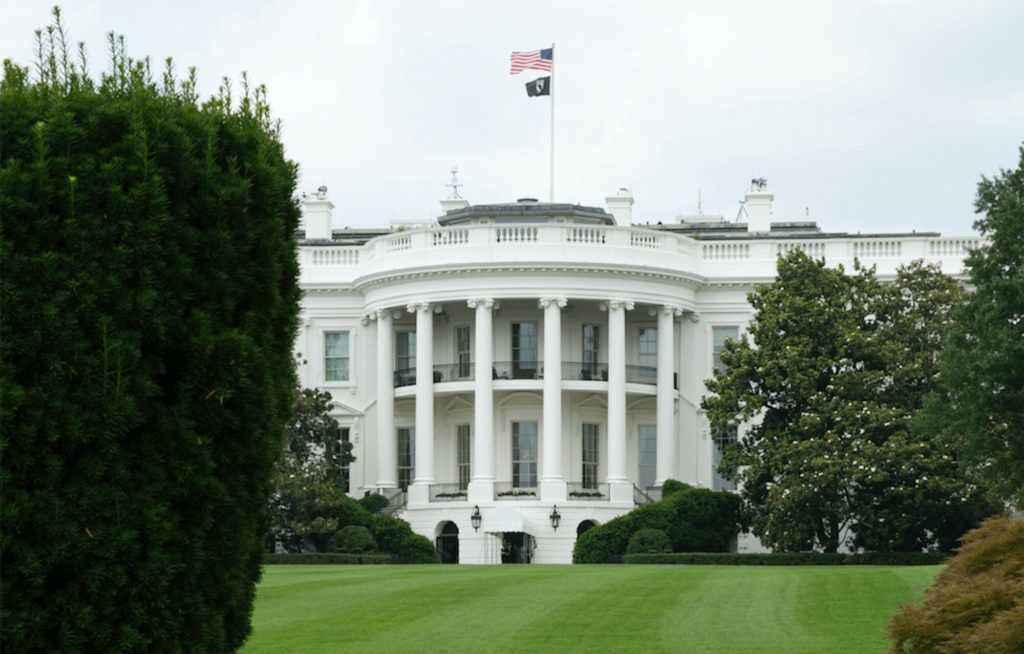
New York state took its first step in drawing up a master plan for aging Monday as more than two dozen members of a stakeholder advisory committee set to work devising the plan. The goal for the group is to provide a road map for meeting the long-term care needs of the state’s aging population.
“We have to create a transparent, equitable system for people to age in place and in ways that they’d like to,” New York State Department of Health Deputy Commissioner for Aging and Long-Term Care Adam Herbst said during the committee’s first meeting. “What we’re trying to accomplish now is to become the leaders in New York that we can be.”
New York currently spends more than $32 billion annually to care for its 32 million seniors over the age of 65. More than half of that money is funneled towards Medicaid home- and community-based services. With the number of older adults growing in the Empire State and the state facing a critical shortage of direct care workers, committee members pointed out the potential strain the state’s Medicaid program will be under in the coming years.
Pat Wang, president and CEO of nonprofit health insurer Healthfirst, urged the group to seek public-private partnerships to help the state support senior housing and services under the plan.
“This is not something that the government can say this is what we’re doing; we are paying for everything and we are going to regulate everything,” Wang told the committee. “We need the thinking and the innovation that [private industry] brings to the table.”
New York Gov. Kathy Hochul (D) signed an executive order late last year, establishing the development of a master plan for aging. The governor said the plan should address the direct care workforce, family caregivers, public funding for long-term care, affordable housing and transportation for older adults.
The committee will be meeting monthly and hopes to have a draft for the master plan by early next year. California released a master plan for aging two years ago to address housing, healthcare and long-term care for the 10.8 billion Californians who will be over the age of 60 by the end of the decade.



